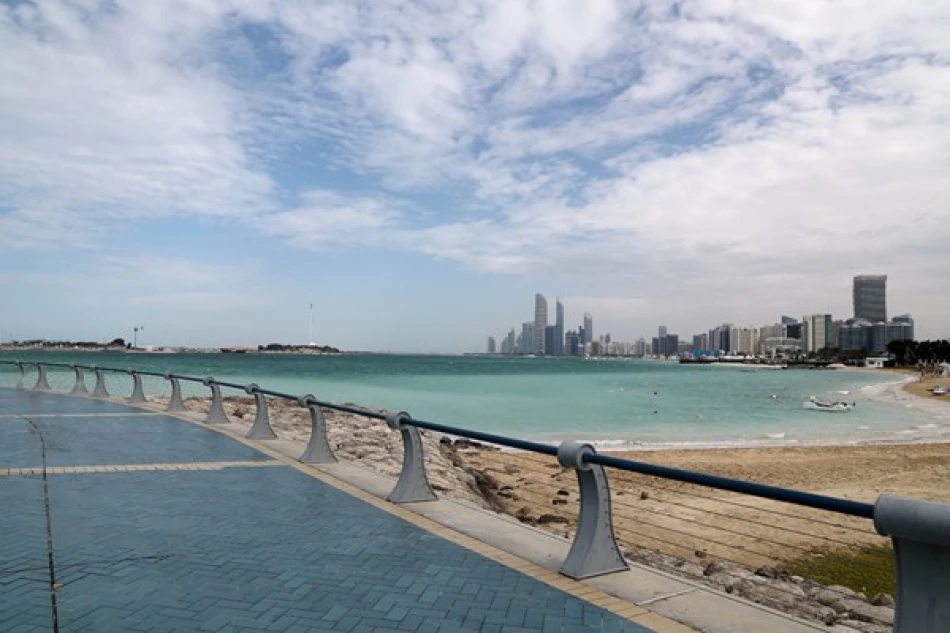
Potential for Thunderstorm Clouds and Showers Forecast for Tomorrow
UAE Braces for Scorching 48°C Temperatures as Summer Heat Intensifies
The United Arab Emirates is set to experience another punishing day of extreme heat, with temperatures soaring as high as 48°C (118°F) in some inland areas. The National Center of Meteorology forecasts partly cloudy skies with potential afternoon thunderstorms in eastern and southern regions, while coastal areas face oppressive humidity levels reaching 90%.
Regional Weather Patterns Signal Peak Summer Conditions
Tomorrow's weather will transition from clear to partly cloudy conditions, with cumulus clouds expected to develop after noon in the eastern and southern emirates. These formations may bring scattered rainfall to areas that have been experiencing prolonged dry conditions. The eastern coastal regions, including Fujairah, will see particularly high humidity levels between 65% and 90%, creating uncomfortable heat index values.
Overnight and early Wednesday morning, coastal areas will experience increased moisture, with fog or light fog formation likely to impact visibility during morning commute hours.
Extreme Temperature Variations Across Emirates
Inland Desert Regions Face Brutal Heat
The interior desert town of Liwa is forecast to reach the day's peak temperature of 48°C, with nighttime lows dropping to just 29°C. Al Ain, the UAE's garden city, will see similarly extreme conditions with temperatures hitting 47°C. These readings align with typical late spring patterns in the Arabian Peninsula, where continental desert conditions create some of the world's most challenging summer climates.
Coastal Cities Struggle with Heat-Humidity Combination
Major population centers face their own challenges, with Dubai and Sharjah expecting highs of 45-46°C combined with humidity levels that will make conditions feel significantly hotter. Abu Dhabi will reach 46°C with humidity ranging from 20% to 90% throughout the day, creating stark variations between inland and coastal microenvironments.
Maritime Conditions Remain Stable
Both the Arabian Gulf and Sea of Oman will experience light wave conditions, providing some relief for maritime activities. Tidal patterns show the first high tide in the Arabian Gulf occurring at 22:38, with low tide at 06:37. The Sea of Oman will see more complex tidal movements with two high tides at 08:29 and 18:52.
Wind Patterns Offer Mixed Blessing
Light to moderate winds ranging from 10-20 km/h, occasionally gusting to 35 km/h, will provide some cooling effect but may also stir up dust during daytime hours. The shifting wind direction from southeast to northwest reflects the typical pressure gradient changes that occur as land masses heat up faster than surrounding waters.
Climate Context and Regional Implications
These temperature readings represent normal but extreme conditions for the UAE's pre-summer period. The combination of clear skies, intense solar radiation, and minimal cloud cover creates optimal conditions for surface heating. The potential for afternoon thunderstorms in eastern regions suggests the beginning of convective activity that sometimes provides brief respite during the hottest months.
For residents and businesses, these conditions underscore the critical importance of air conditioning infrastructure and energy grid stability as the country approaches its peak demand season. The forecast also highlights the UAE's ongoing challenges with climate adaptation as global temperatures continue to rise.
 Layla Al Mansoori
Layla Al Mansoori







